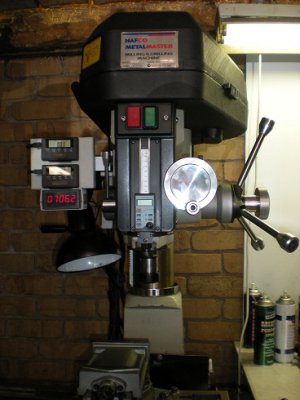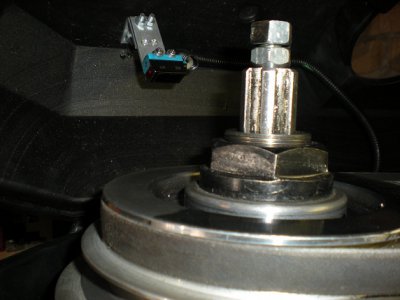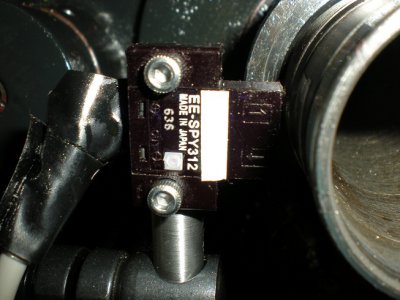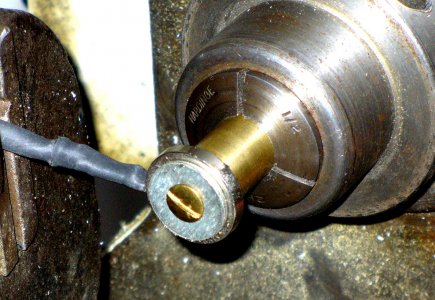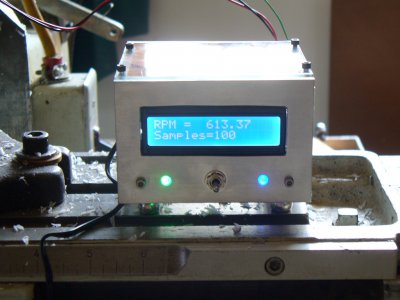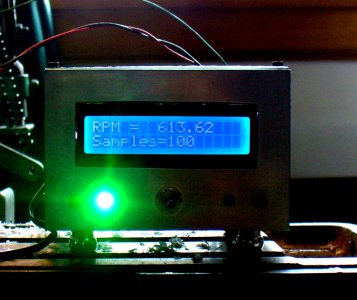Hello Martin,
It's Great to hear from you. I was getting worried and was just about to send out Crocadile Dundee to find you :lmao: . I am so glad you reposted the pics and the drawing is fantastic.
I just received my sensors from Korea today & I received my tachometers from China yesterday. I will place one of these on my mill drill, and one on my lathe.
I am trying to fit in (and finish) these projects and a few others before my grandson is born (due on March 29th, but I beleive he will decide to come early). Then Grandma and Grandpa will be on baby holding duty & loving every minute of it. )
)
Anyway, thanks so much for reposting the info and adding the drawing.
Bob
It's Great to hear from you. I was getting worried and was just about to send out Crocadile Dundee to find you :lmao: . I am so glad you reposted the pics and the drawing is fantastic.
I just received my sensors from Korea today & I received my tachometers from China yesterday. I will place one of these on my mill drill, and one on my lathe.
I am trying to fit in (and finish) these projects and a few others before my grandson is born (due on March 29th, but I beleive he will decide to come early). Then Grandma and Grandpa will be on baby holding duty & loving every minute of it.
Anyway, thanks so much for reposting the info and adding the drawing.
Bob


